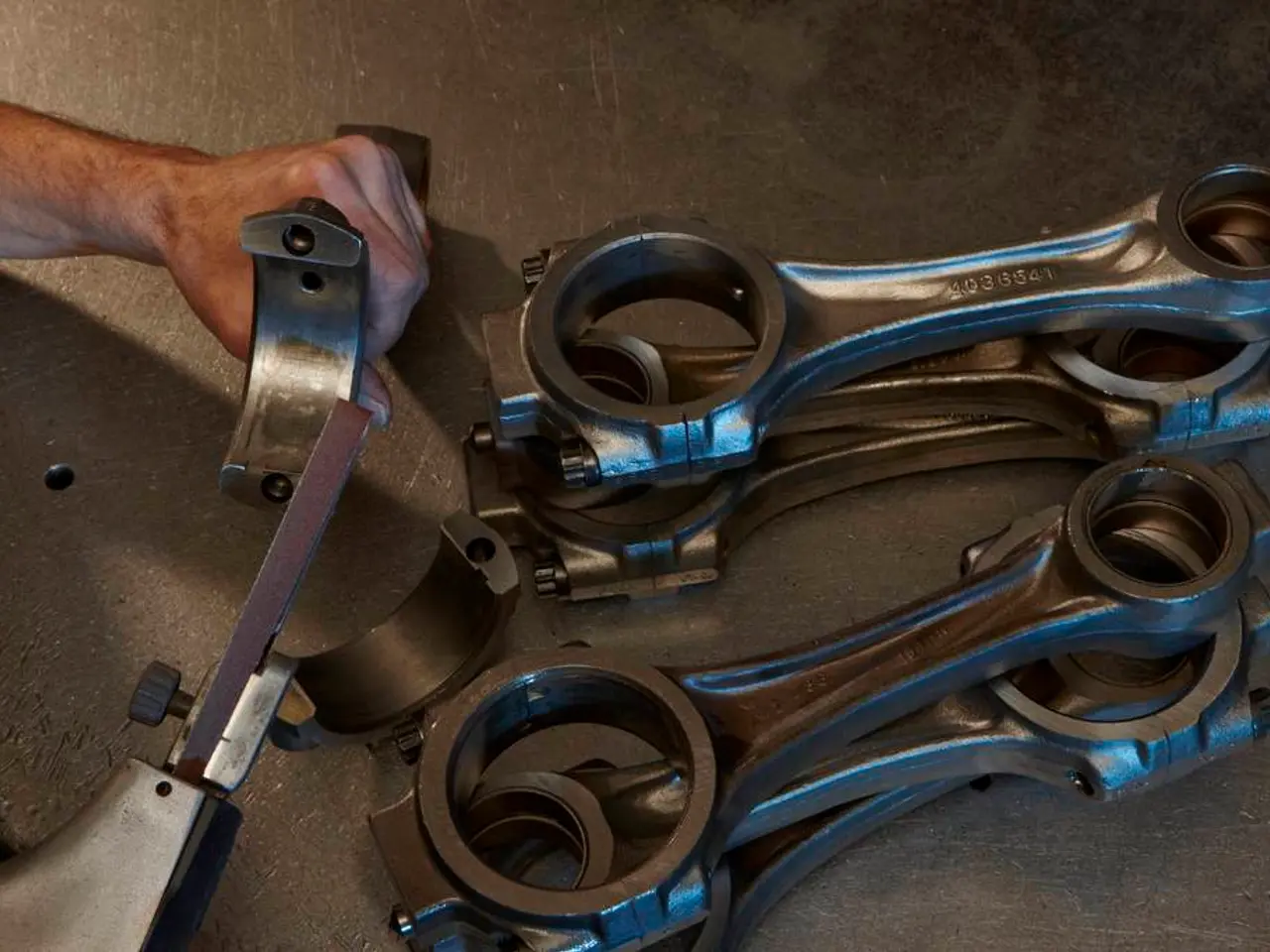The Rapid Extraction Device, or RED, is a system designed for swift and efficient extraction. Understanding its workings involves delving into the intricate mechanics that enable this process.
In a groundbreaking development for drone technology, the Rapid Extraction Device (RED) is revolutionizing drone operations in emergency response, search and rescue, and battlefield evacuations. This specialized payload or system enables drones to swiftly and safely retrieve or evacuate individuals or critical items in challenging or hazardous environments.
In emergency situations, drones equipped with RED can reach inaccessible or dangerous areas such as collapsed buildings, flood zones, and chemical spills promptly. By providing high-resolution imaging and sensor data, they offer valuable situational awareness. In addition, they can swiftly extract injured or trapped individuals or deliver essential supplies like medical kits or communication devices until ground teams arrive. This enhancement of first responders' effectiveness and safety is particularly crucial in hostile or precarious conditions.
On the battlefield, RED-enabled drones support medical evacuations by rapidly retrieving wounded soldiers from contested or dangerous zones without exposing medics to direct fire. They can deliver lifesaving equipment or conduct casualty evacuations autonomously or with remote pilot control, reducing risk and reaction time.
Key functional elements of RED in drones include robust gripping or harnessing mechanisms compatible with drone lift capabilities, integration with situational awareness tools, and the ability to operate in GPS-denied or low-visibility scenarios. The system's components, such as electromechanical winches, precision grippers, quick-attach systems, stabilization algorithms, and hover technology, ensure secure extraction.
The payload capacity of RED systems varies depending on the drone model, with civilian systems capable of lifting between 10-20 kg and advanced military models managing up to 100 kg or more. The increasing need for fast, autonomous solutions in defense, firefighting, and humanitarian aid has driven the adoption of RED technology in drone fleets around the world.
Eno Umoh, co-founder of the Global Air Drone Academy (GADA), and Jacob Stoner, CEO of Flyeye.io, are key figures in the drone community, playing significant roles in the development and implementation of RED technology. During wildfires, RED-equipped drones can swiftly retrieve stranded firefighters from steep ridges, reducing risk to helicopter pilots and accelerating response times.
In conclusion, the RED functions as a critical enabler in drone operations for emergency response, search and rescue, and battlefield evacuation by combining rapid situational awareness, secure physical extraction, and remote operation to overcome traditional access and safety challenges in urgent scenarios. RED-equipped drones significantly improve the speed and safety of extraction efforts in disaster zones, conflict areas, or locations unsafe for humans to enter directly.
- In medical emergencies, RED-enabled drones can transport critical medical data and supplies to remote areas through data-and-cloud-computing networks, providing effective medical care in situations where access is limited.
- Advancements in science and technology enable the use of RED in medical-conditions applications, such as transporting organs for transplant purposes in a safe and controlled environment, improving health outcomes for patients worldwide.




